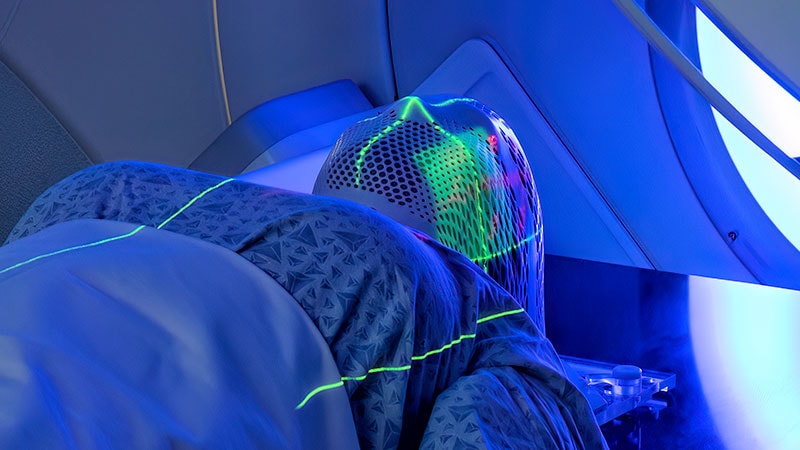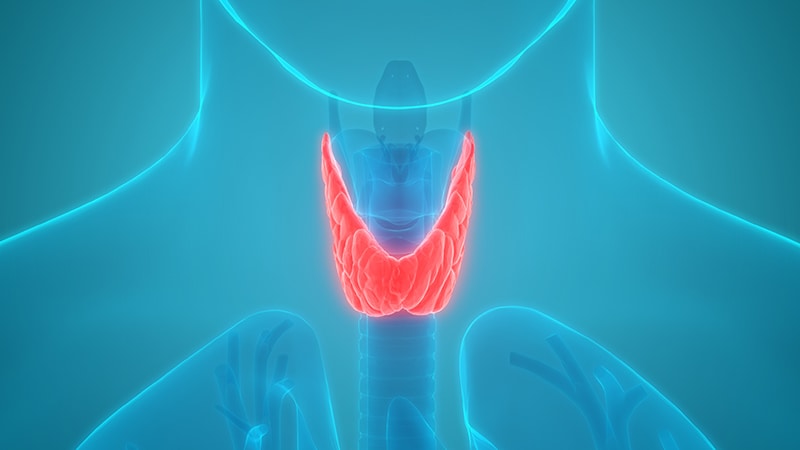Scintigraphy could benefit the identification of congenital hypothyroidism (CH) subtypes, according to a research from the Royal Manchester Children's Hospital.
UK screening for CH is currently based on dried blood spot (BS) thyroid-stimulating hormone (TSH). However, the research team suggested that scintigraphy, which is not presently performed at all UK centres, could identify dysplasia, gland in situ (GIS) and ectopic CH.
The study retrospectively investigated the role of scintigraphy to identify CH subtypes. Babies who screened positive for CH between 2007 and 2017 were studied (n=418 of 534,783). Scintigraphy outcomes were correlated with TSH and levothyroxine (LT4) dose. GIS patients were analysed for three-year outcomes.
GIS was found to be the most common subtype of CH (46%), suggesting a greater incidence of possible dyshormonogenesis than previous reports (10-15%). The incidence of ectopia (28%) was also higher than previous estimates. Dysplasia was identified in 26 per cent.
The authors say these findings reflect the value of scintigraphy in altering commonly held paradigms about the aetiology of CH.
Median BS TSH (mU/L) was lower in GIS (23.5) than in ectopia (106.0) and dysplasia (172.0), but was non-discriminatory between dysplasia and ectopia.
Three-year follow-up demonstrated permanence in 54% of 37 GIS cases. Median BS TSH at diagnosis was higher in those with permanent (66.5) vs transient (22.5) disease (P=.026). The plasma TSH, free thyroxine and LT4 doses at diagnosis showed no significant differences between permanent (66.5) vs transient GIS subgroups at three years of age.
The study is published in the Archives of Disease in Childhood.


